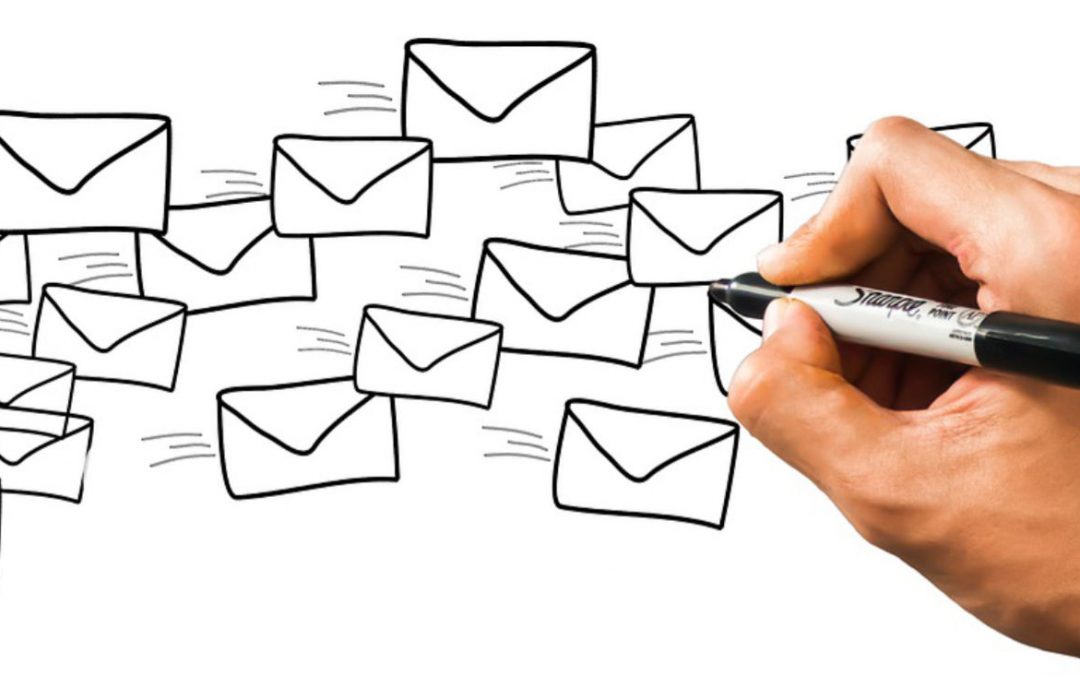After opt-in, what’s next?
In part 1 of this series, I showed you the nuts and bolts of how to set up an email lead generation campaign, and what to do with landing page opt-ins. If you haven’t come from there, take a moment to go back and look. I’ll wait.
Ready to go on? Let’s do this!
What to do once you have the subscriber’s email address?
Sometimes a lead gen marketer using email can be like a kid going fishing for the first time.
“I’ve caught it, now what do I do with it?”
The temptation is to go crazy with your monetization program, firing emails at them left, right, and center, but I’ve got to tell you, that’s the worst thing you can do. Imagine you agreed to go on a date with someone you didn’t know very well and they bombarded you with text messages, flowers, comments on your social media… you’d be turned off pretty quick, wouldn’t you? That’s how some email marketeers go about their business.
Here in part 2 of this series, we’ll find out the best thing to do.
Say hi.
A simple welcome email is a good start, it helps the subscriber know that their details were entered correctly. You don’t have to put a bunch of affiliate links in this, or carpet bomb them with every piece of info you’ve got. Patience is key!
Start building that trust and value that I talked about in part 1.
The old saying “Rome wasn’t built in a day” could apply here. Think about drip-feeding out your valuable information over a period of days, weeks, and months (or years if you’re really good).
The point is, you could be sending many email sequences out to your subscribers before they trust you enough to click your affiliate links. And that’s normal. But it’s a lot of work, so make it easy on yourself.
Oh, and by the way, a single chain of these themed, sequential emails is called a campaign.
Automate
Automating a campaign is a great way to build a story and gradually build up interest in your affiliate products without annoying your audience. Sending endless broadcast emails to your entire database with “Buy my stuff! Buy my stuff!” is a great way to get most of them unsubscribing (this is a common mistake known as “burning” your list in the email marketing industry).
As I mentioned in part 1, automation and segmentation is functionality that you should be looking for in your mass email software. Why? Because they work hand-in-hand.
Don’t automate your campaigns to say the same thing to the same people. Study your segments. Craft message chains that work for each segment’s needs.
Where do you even start with that?
The customer avatar
Try to think about your customer-slash-subscriber, and put yourself in their shoes for a moment. Normal marketing questions aside, like what is their age range, income bracket, and shoe size, if you want to make a connection, start asking yourself deeper questions.
What are the problems they face? What struggles are they having? What limits them? What do they dream about? What frustrates them? What gives them joy?
Once you’ve tried to understand these aspects to your customer, write them down. When you put all this information into a profile of a model customer, that’s called an avatar. You want one or two per segment of your database. Give them a name, and maybe even a picture. Humanize them!
Think about a message or story that acknowledges this avatar’s wants, needs, and struggle, and offers help, value, and empathy.
Then you can start creating your message chain. Get a bunch of sticky notes and add a topic idea to each, and lay them out in sequence.
Don’t send ads or affiliate links every time!
Small can be beautiful
Some of your emails can be based on building rapport by sharing your personal story with your subscribers. If you’re an affiliate marketer, you have only one big advantage over the marketing branch of a huge company – you’re a human being, not a faceless monolith and you can show that in an effective email marketing campaign.
In part 3, we’ll be covering how to tell if your campaign is working or not.

